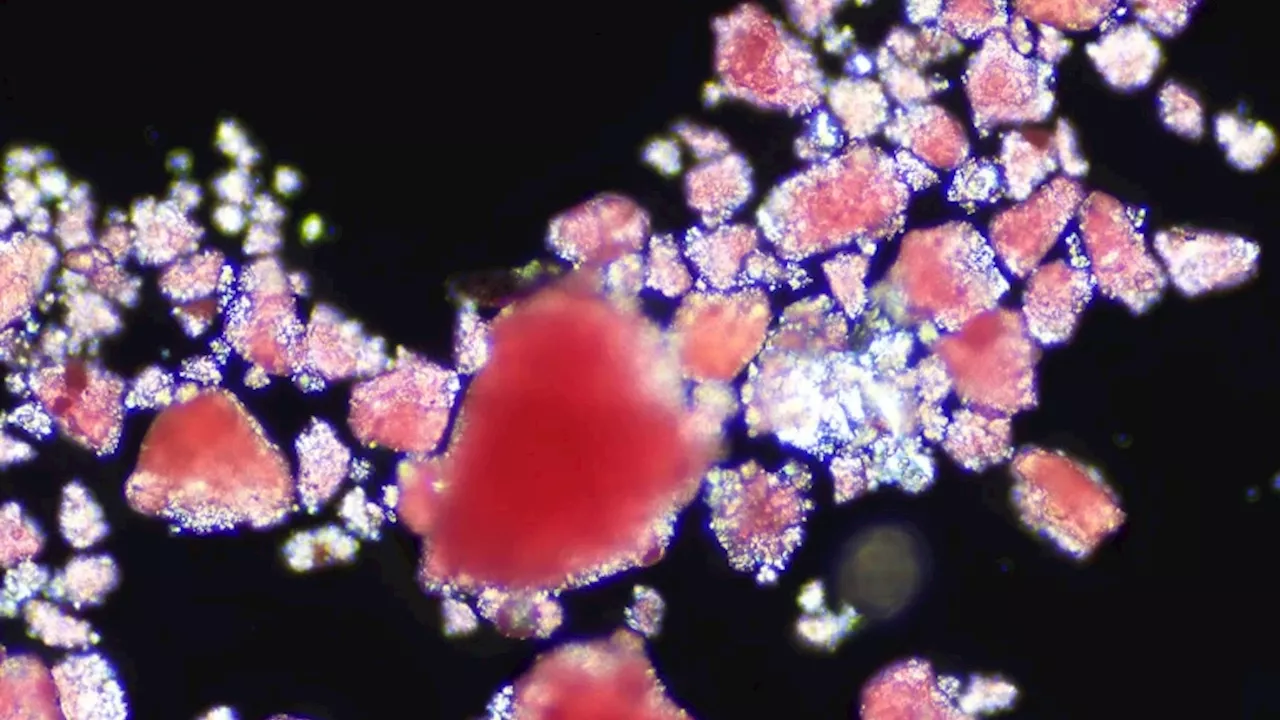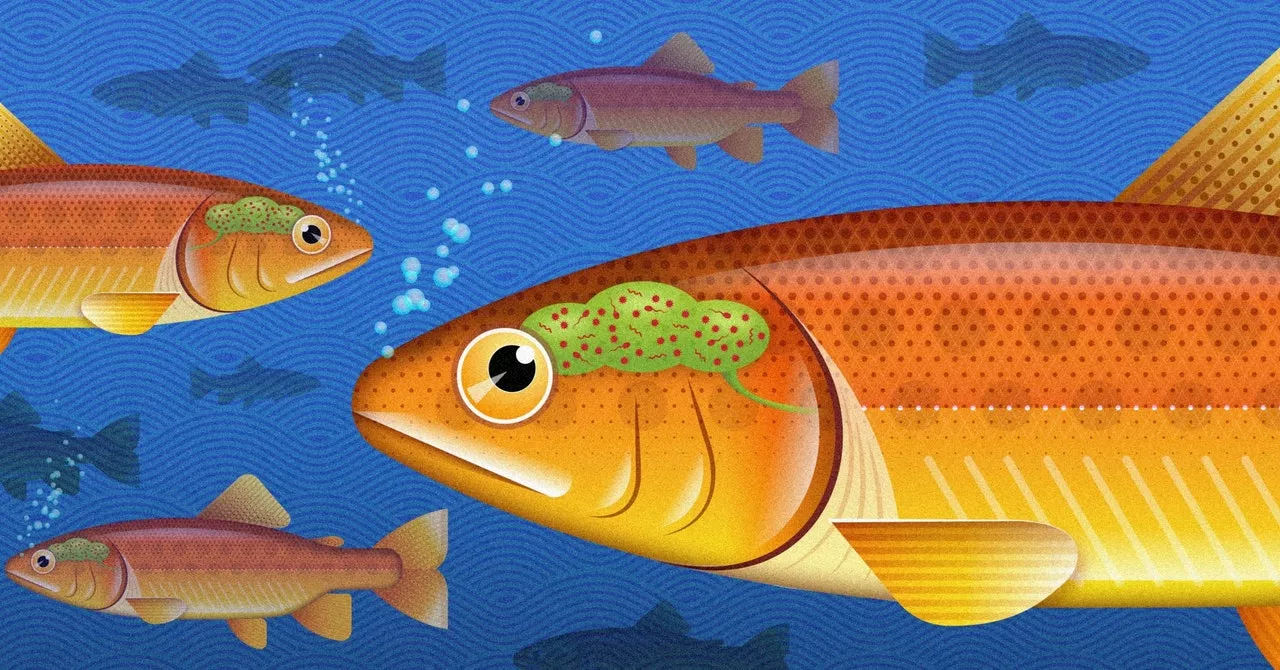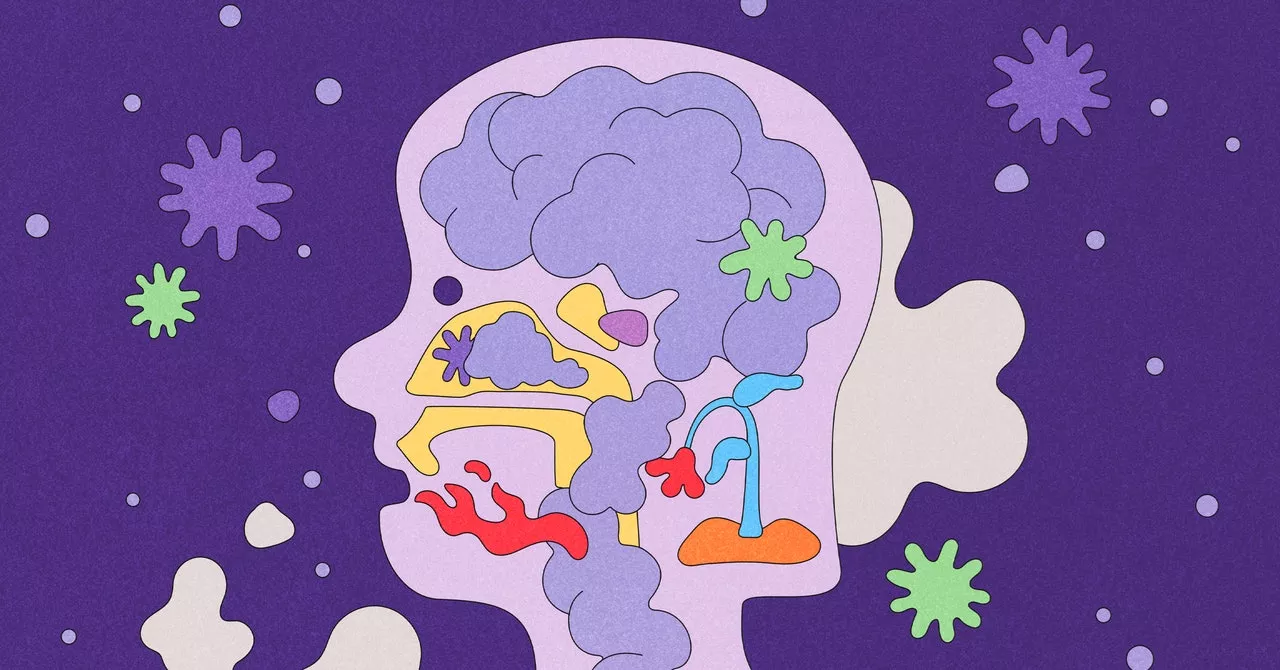Rats create neurological maps of threatening locations and remember them even after leaving, suggesting a potential link to human anxiety.
Researchers have discovered that specific cells in the brains of rats effectively mark locations to avoid after experiencing negative situations. These findings, presented in the open-access journal on January 14, suggest that rats, much like humans, create neurological maps of places to steer clear of following a threat. Moreover, they appear to ponder these locations when exhibiting behaviors characteristic of worry.
These insights into the workings of the rodent brain may shed light on the neurological underpinnings of common psychological conditions like anxiety in humans. \The study, led by A. David Redish of the University of Minnesota, US, investigated the phenomenon known as 'approach-avoidance conflict,' a psychological concept often associated with anxiety. This conflict arises when an individual desires something but simultaneously weighs it against a potential negative outcome. To delve into the neurological basis of this conflict, researchers observed rats navigating an L-shaped track. While food was situated at the opposite end, partially concealed around the corner was a robot resembling a cross between a pincer beetle and a scorpion, equipped with claws and a stinger-like tail. Upon approaching the food, the robot would occasionally lunge forward, gnashing its claws and wriggling its tail, simulating an attack. Following these simulated attacks, the rats exhibited avoidance behaviors, such as hesitation or retreating to safety—actions the researchers propose are indicative of worry concerning the robot. \Some of the rats in the experiment were implanted with probes to monitor the hippocampus, a brain region implicated in learning and memory. The researchers focused on the activity of neurons called 'place cells,' which become active when an animal visits a specific location. By meticulously analyzing their activity, the researchers were able to map which place cells were associated with the robot's location and the food's location. When the rats hesitated while approaching the food, the researchers observed heightened activity in the place cells associated with both the robot's location and the food's location. This finding potentially reflects the approach-avoidance conflict between the desire for food and the worry about the robot. However, when the rats turned back midway down the track, the predominantly active place cells were linked to the robot's location. Typically, place cells are only active when the associated location is the animal's current position or just ahead. But as the rats retreated to the safe end of the track, their place cells linked to the distant robot remained active. This suggests that the rats were mentally rehearsing the location of the threat, even while physically moving away from it
Anxiety Hippocampus Place Cells Rats Neuroscience Approach-Avoidance Conflict
United States Latest News, United States Headlines
Similar News:You can also read news stories similar to this one that we have collected from other news sources.
 Microplastics Found to Form 'Car Crash' Blockages in Mice Brains, Raising Health ConcernsA groundbreaking study using two-photon microscopy reveals that microplastics ingested by mice accumulate in brain blood vessels, forming blockages resembling microscopic 'car crashes.' This discovery raises concerns about the potential neurotoxicity of microplastics and their long-term health effects on humans.
Microplastics Found to Form 'Car Crash' Blockages in Mice Brains, Raising Health ConcernsA groundbreaking study using two-photon microscopy reveals that microplastics ingested by mice accumulate in brain blood vessels, forming blockages resembling microscopic 'car crashes.' This discovery raises concerns about the potential neurotoxicity of microplastics and their long-term health effects on humans.
Read more »
 5 economic papers that lit up our brains — and what they say about our confusing worldWe at Planet Money are constantly reading the work of economists and other social scientists to glean ideas, evidence and insights about the economy, and, more generally, the confusing world around us.
5 economic papers that lit up our brains — and what they say about our confusing worldWe at Planet Money are constantly reading the work of economists and other social scientists to glean ideas, evidence and insights about the economy, and, more generally, the confusing world around us.
Read more »
 Fish Brains Harbor Bacteria, Fueling Debate About Human MicrobiomeA new study finds evidence of bacteria thriving in the brains of fish, raising questions about whether a similar microbiome exists in humans.
Fish Brains Harbor Bacteria, Fueling Debate About Human MicrobiomeA new study finds evidence of bacteria thriving in the brains of fish, raising questions about whether a similar microbiome exists in humans.
Read more »
 Zelenskyy says Trump won election because he was 'stronger' than Harris: 'His brains work'Ukrainian President Volodymyr Zelenskyy said Sunday U.S. President-elect Donald Trump showed he's 'stronger' than U.S. Vice President Kamala Harris.
Zelenskyy says Trump won election because he was 'stronger' than Harris: 'His brains work'Ukrainian President Volodymyr Zelenskyy said Sunday U.S. President-elect Donald Trump showed he's 'stronger' than U.S. Vice President Kamala Harris.
Read more »
 Zelenskyy says Trump won election because he was 'stronger' than Harris: 'His brains work'Ukrainian President Volodymyr Zelenskyy said Sunday U.S. President-elect Donald Trump showed he's 'stronger' than U.S. Vice President Kamala Harris.
Zelenskyy says Trump won election because he was 'stronger' than Harris: 'His brains work'Ukrainian President Volodymyr Zelenskyy said Sunday U.S. President-elect Donald Trump showed he's 'stronger' than U.S. Vice President Kamala Harris.
Read more »
 Air Pollution Threatens Children's BrainsA pediatrician warns that in 2025, the harms of air pollution to children, particularly brain development, will become so clear that parents will demand action on climate change.
Air Pollution Threatens Children's BrainsA pediatrician warns that in 2025, the harms of air pollution to children, particularly brain development, will become so clear that parents will demand action on climate change.
Read more »
